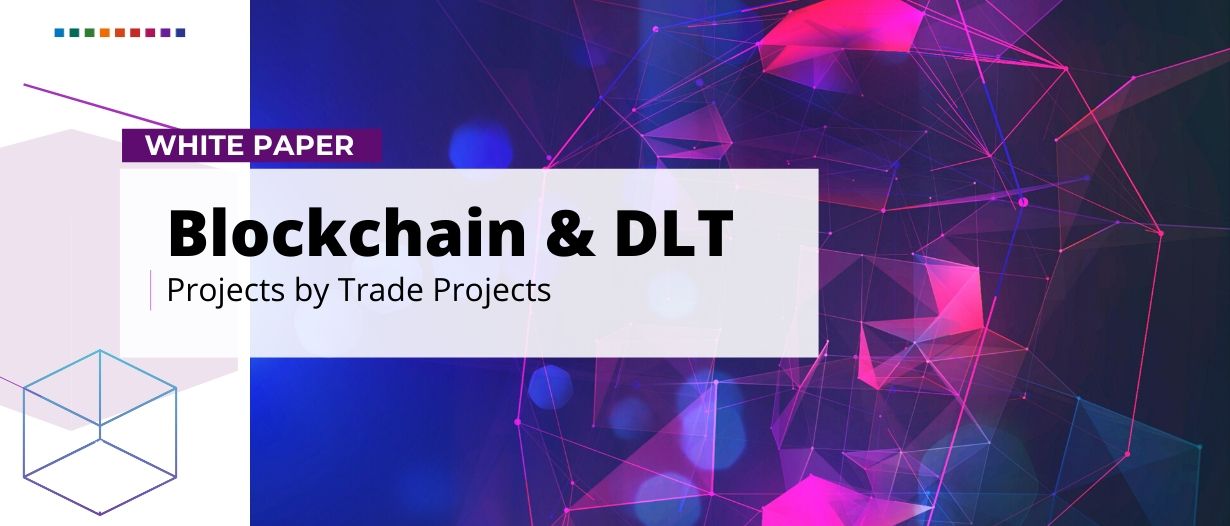Letter of Credit
Trade finance as a whole had been struggling to traverse the divide into the digital age until it got a boost from blockchain technology. The Letter of Credit (LC) may have been a particularly nagging culprit, weighing down the entire transition. Traditional, non-digitized LC transactions typically required seven to ten long days of painstaking interbank communication to be fully completed. In the new DLT-powered digital world, this processing delay can be drastically reduced, with many early proofs of concept bringing it down to a mere four hours.
Leading the way when it comes to digitizing the LC are the DLT consortia Voltron, Komgo, and Finacle Trade Connect. To reap the benefits of digitized LCs, ReChainMe has entered into a strategic partnership with Voltron to leverage their technology. Some other initiatives that are working with digital, DLT-underpinned LCs are TradeFinex and the Trade Information Network, among others.
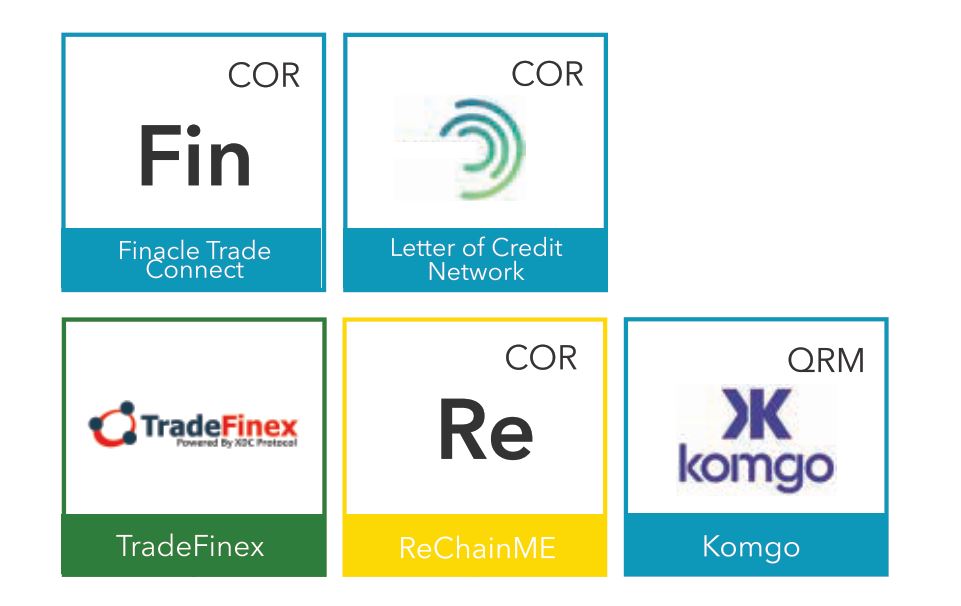
Bill of Lading
The concept of a Bill of Lading (BL) and the complex series of steps that it must undertake along its journey from shipper to receiver, has undoubtedly caused many international business students a few sleepless nights learning what is often depicted as a 12+ step process. Taking the process out of the classroom and putting into the real world, where each of these steps takes place across continents and involves countless stakeholders, does not make things much easier. This is where electronic Bill of Lading (eBL) providers are hoping to make a difference.
Companies Like Bolero, essDOCS, and Wave are leading the way in the eBL space, focusing their efforts on the product. Other document digitization projects such as the eCOM registry, Enigio trade:original, and CargoX have all included eBL functionality in their offerings.
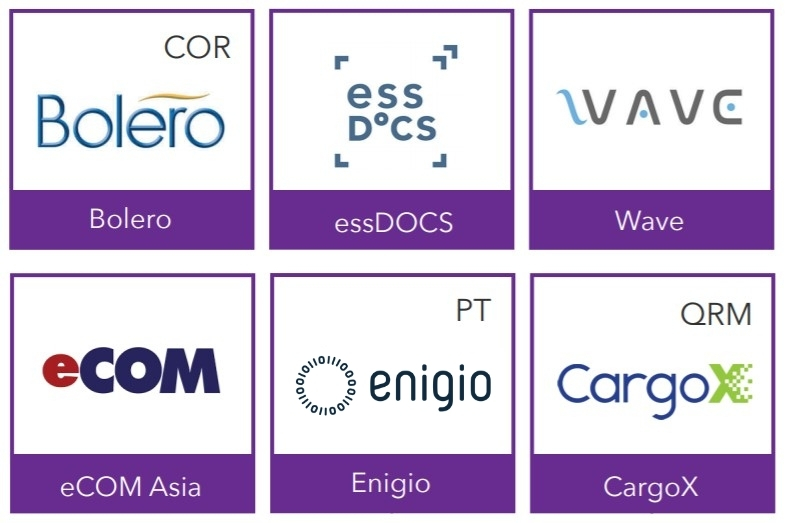
Open Account
There is a growing trend to trade on open account terms, despite the fact that trading on open account terms can be a risky game for exporters and incurs further challenges around third party authentication as well as the detection and prevention of fraud.
These shortcomings have led banks, fintech startups and IT companies to explore the potential of blockchain in the open account and supply chain finance space.
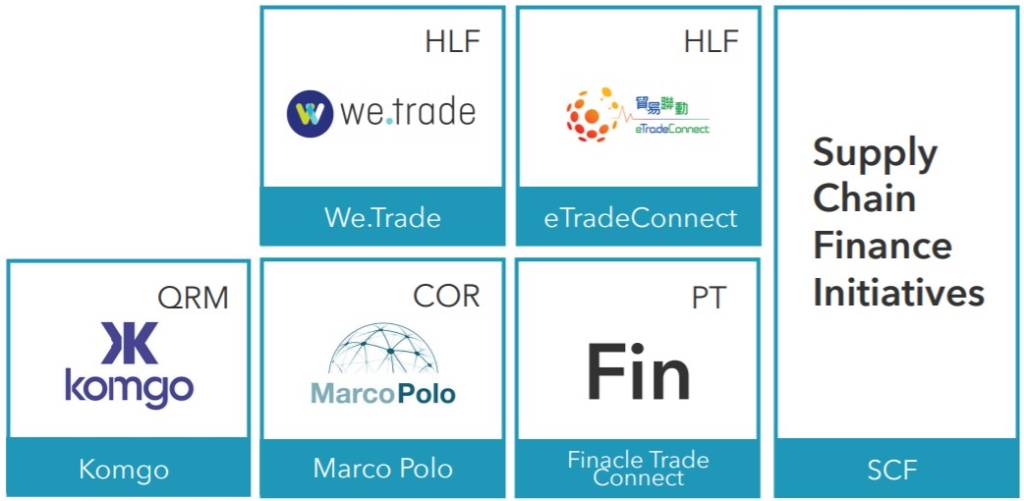
KYC
Conducting Know Your Customer (KYC) checks has been dubbed as a tedious and time-consuming process by many institutions required to perform it. Many firms and initiatives like Komgo, Clipeum, and Finacle Trade connect are seeking to drive down the time and hassle of this regulated check by bringing companies together in a single network and allowing them to share KYC data amongst each other.
Other projects, such as Leia2 and OneConnect are working to solve the inefficiencies related to KYC in other innovative ways.
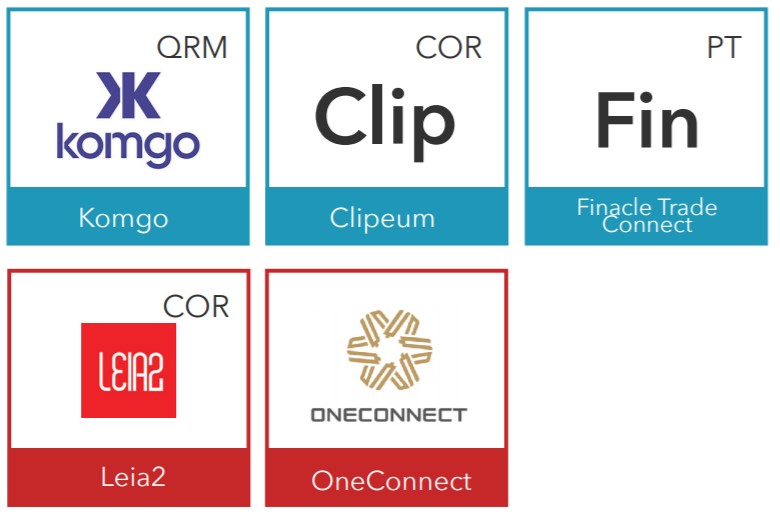
Shipping and Tracking
While physically moving goods from point A to point B cannot be done without the help of all the different products mentioned above, there is much more to it still. This is where shipping products like Tradelens come into play. Initiatives of this sort seek to leverage blockchain technology to assist with the physical transportation and its associated logistical challenges. Combining DLT-based smart contracts with IoT devices allows for real time tracking of goods in transit and provide the transparency into shipments to make informed decisions much sooner than has previously been possible.
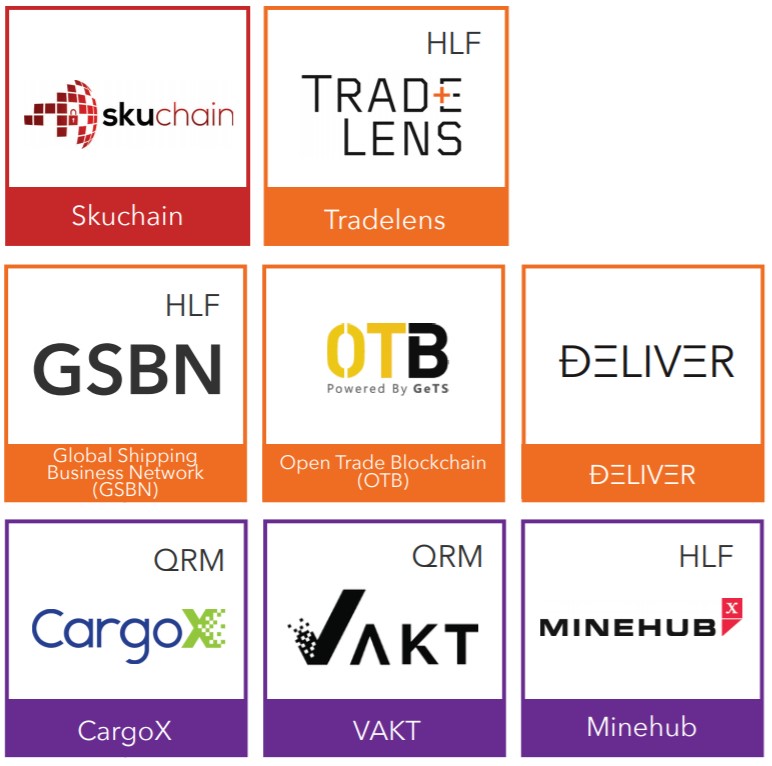
While some initiatives in this space, like GSBN and OTB, exist for the wider market, other initiatives like Vakt and Minehub are seeking to serve only a specific niche, concentrating their efforts and cornering their respective segments. Others, like Skuchain, have dubbed themselves as Collective Resource Planning (CRP), a play on the convention Enterprise Resource Planning (ERP) systems employed by many firms.















